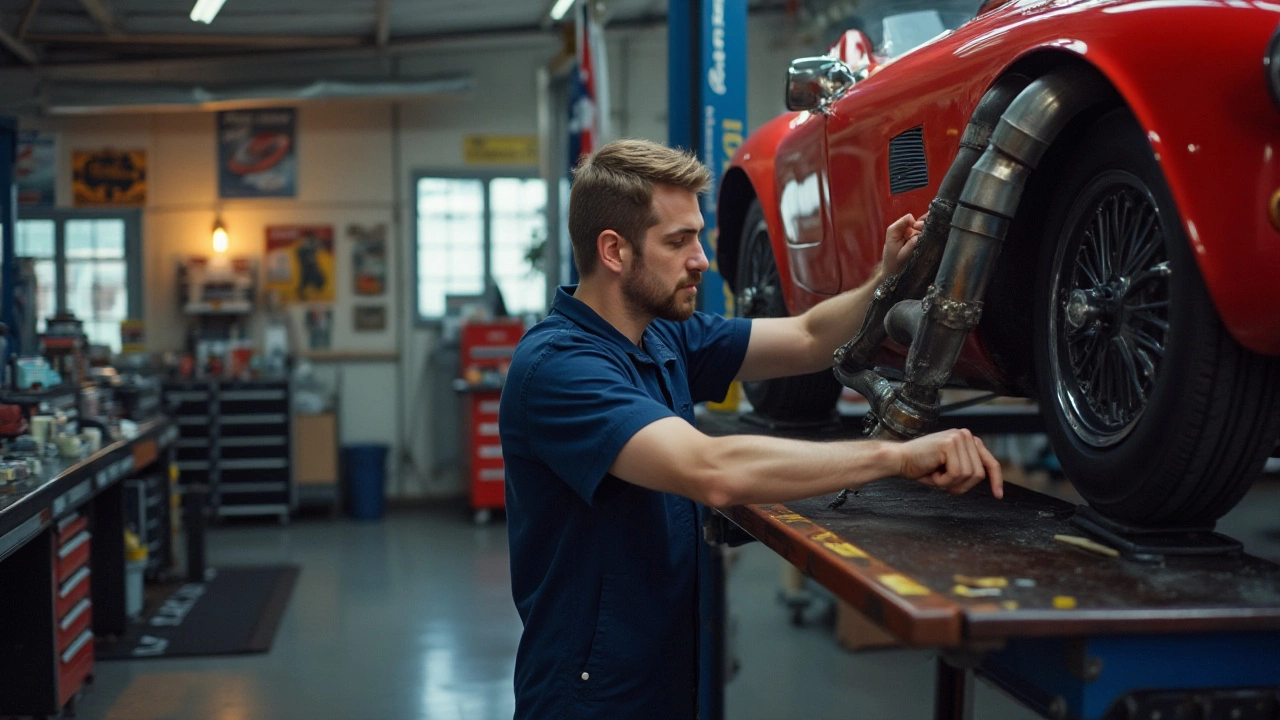Custom Exhaust Lifespan – How Long Will Your Upgrade Last?
Got a new muffler, cat-back system, or full‑exhaust swap? You’re probably wondering how many miles it will survive before you need to replace it. The truth is, a custom exhaust can last anywhere from 30,000 to 100,000 miles, depending on a few key things. Let’s break down the factors that decide its life and the habits that will help you get the most out of your investment.
Factors That Affect Exhaust Life
First off, material matters. Stainless steel tubes are the gold standard because they resist rust and corrosion far better than mild steel. If your exhaust is made from carbon steel, expect it to start showing rust after a few years, especially in wet climates.
Heat is another big player. Exhaust gases can reach over 1,000°F, and constant high temperatures cause metal fatigue. Driving style makes a difference here – aggressive acceleration and frequent high‑rpm runs put extra stress on seams and welds, which can lead to cracks sooner.
Road conditions also count. Salt‑treated roads in winter speed up corrosion, while off‑road dust can grind against the pipe and wear down protective coatings. Even the way you store the car matters; a garage protects the exhaust from rain and UV‑induced paint fading.
Installation quality can’t be ignored. A poor weld or misaligned pipe creates vibration points that eventually weaken the metal. If you had a professional shop fit your system, you’re already ahead of DIY‑only installs that might have shortcuts.
Tips to Extend Your Custom Exhaust
Keep it clean. A quick rinse with water after a salty winter road or a beach day removes corrosive particles. If you notice surface rust, use a rust‑inhibiting spray to stop it spreading.
Check the mounts regularly. Vibrations travel through the car’s chassis, so worn hangers or loose bolts can cause the exhaust to bang against the underbody. Tighten bolts to the manufacturer’s torque specs and replace any cracked rubber mounts.Watch for leaks. Small cracks often start as tiny holes near welds. A quick visual inspection while the engine is cool can reveal soot or water leaking underneath. Catching a leak early lets you repair it before it gets worse.
Mind the heat. If you frequently push the engine hard, consider an upgraded heat shield or a high‑temperature paint. These add a layer of protection that reduces thermal fatigue.
Schedule a professional check‑up at least once a year. A shop can spot early signs of wear that you might miss, like thinning metal or loose clamps, and they can provide a quick fix before you end up with a noisy exhaust.
Finally, treat the sound you love as part of the maintenance routine. If you notice a change in tone—like a dull thump instead of a sharp roar—that could mean a crack or a loose component. Don’t ignore it; fixing it early saves you from a costly replacement later.
Bottom line: a well‑chosen, properly installed custom exhaust can stick around for tens of thousands of miles. By keeping it clean, checking mounts, and staying on top of minor issues, you’ll keep that aggressive sound alive without constantly swapping parts. Enjoy the ride, and let the exhaust do the talking for years to come.
Custom exhaust systems are a popular modification for car enthusiasts looking to enhance performance and sound. The lifespan of these systems can vary depending on several factors, including materials, driving conditions, and maintenance practices. Understanding these aspects helps in making informed decisions and maximizing the longevity of your custom exhaust. With proper care, a quality custom exhaust can significantly outlast a standard one while improving your vehicle's performance and appeal.

